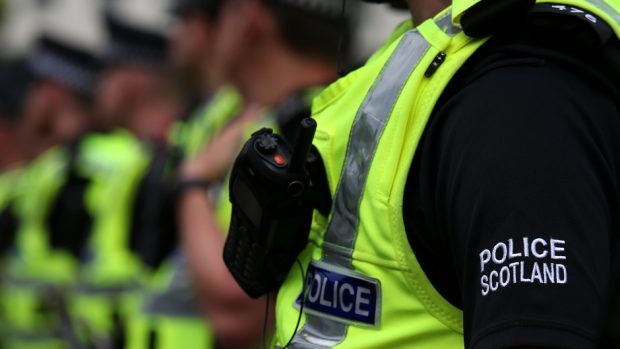New figures have highlighted that rates of crime detection vary massively across different areas of Scotland.
The information demonstrates that police officers performed best in Moray during 2015-16, where 77.8% of offences were resolved.
But, in stark contrast, only 37.9% of crimes were detected in Edinburgh and the average figure across the whole country was only 51.6%.
The figures have emerged, four years after the creation of Police Scotland, which was designed to provide the same service to all corners of the country.
And they have provoked a political backlash in the north east.
Martin Greig, chairman of the Aberdeen Community Safety Partnership, said the promised improvements from a single force had not materialised.
He added: “The creation of a single force was done too quickly and without sufficient preparation.
“The promise of improvements are nowhere to be seen.
“There are huge problems across Scotland that we were supposed to see resolved by the single force and now we are seeing the decision has led to a huge variance from area to area.
“The SNP’s extravagant claims about improvements have been shown as false.
“The police are a key public service who need a great deal of respect and need to be handled by the government better than we have seen in the last few years.”
In Aberdeenshire, the rate of detection is below the nation average with only 47.9% of offences resolved.
Aberdeenshire West MSP Alex Burnett described this statistic as “alarming.”
He said: “Clearly, there will always be disparities, but it is troubling to see such a large difference between neighbouring areas like Moray and Aberdeenshire.
“There have been a number of issues with Police Scotland since its formation, not least an exodus of staff from the north-east in particular.
“It is alarming to see that Aberdeenshire is now below the national average on detection rates, and serious questions need to be asked about what is going wrong.”
A Scottish Government spokeswoman defended the creation of the single force.
She said: “Clear-up rates are at their highest for 40 years.
“We are committed to protectin the police resource budget in real terms for every year of this parliament.
“Going forward, we expect local commanders to use this data along with the range of other information and intelligence available to develop and improve local policing activity.”
